The Intellectual Property Office of New Zealand (IPONZ) became a participant patent office in the Global Patent Prosecution Highway (GPPH) on July 6. IP practitioners in New Zealand point out that the GPPH provides an accelerated option, but not acceptance of a patent. They also stress that use of the GPPH may not result in the broadest possible claims as claims need to sufficiently correspond to those found allowable.
The GPPH is a multilateral agreement that allows participating patent offices to provide an accelerated option for patent examination based on a favourable examination outcome in other participating patent offices. At the moment, 24 countries are participating in the GPPH.
Points to beware of
 |
| Sudhanshu Ayyagari |
While the GPPH provides an accelerated option, it does not guarantee acceptance of a patent. “Typically, New Zealand examiners will conduct further searches, particularly of New Zealand prior art documents, and the patentability grounds,” says Sudhanshu Ayyagari, patent executive at Baldwins.
Applicants need to show that the claims “sufficiently correspond” to those found allowable in the corresponding examination report. “For example, product claims do not sufficiently correspond to process claims, even if the product claims are dependent from sufficiently corresponding process claims,” says Ayyagari.
“When amending the claims of the New Zealand application to ‘sufficiently correspond’ to the Office of the Earlier Examination application it is necessary to provide support for each amendment,” says Godfrey Livingstone, consultant at Ellis Terry. “Therefore it is better to amend using article 19 and 34 amendments under the Patent Cooperation Treaty (PCT) which avoid the need to meet the onerous support requirements in New Zealand.”
 |
| Godfrey Livingstone |
Uncertainties remain
How different jurisdictions consider patent eligibility can affect whether claims are allowed. “It is uncertain how differing laws concerning patent eligibility in various jurisdictions will be taken into account and in particular, those relating to business methods, software, method of medical treatment, first medical use claims, medical diagnostic methods, and, biological inventions related to human and animal genetics,” says Ayyagari.
Ayyagari points out that applicants in the life sciences area, in particular, should be aware that the Australian and US practices are more liberal in the different claim formats which are considered acceptable. For example, claims drawn to methods of medical treatment and second medical use claims are allowable. While New Zealand does not consider methods of medical treatment to be patentable subject matter, these claims are routinely converted to Swiss-style use format.
“Given that the scope of Swiss-style and method claims have been determined to be different in New Zealand, we appreciate some guidance from IPONZ as to whether or not method of treatment claims will be considered to ‘sufficiently correspond’ to Swiss-style use claims,” notes Ayyagari.
Tips for accelerating patent approval
Both New Zealand and overseas applicants may request examination first in New Zealand to obtain a good quality early examination. A claim accepted in New Zealand can then be used to accelerate examination in any other countries participating in the GPPH.
Livingstone says examination in the New Zealand Patent Office (IPONZ) is usually reasonably fast compared to other countries. A first examination report will typically be issued within two to six months of filing the request for examination or the 31 month PCT deadline, if that is later.
Ayyagari notes that from an applicant’s perspective, obtaining early information on the novelty and inventiveness of the invention is a useful indication of the likely scope of protection that will be granted in other countries. This information is valuable when making decisions about the development of an IP and commercialisation strategy, and reduces the risk of wasted expenditure.
At the moment, some of the world’s largest patent markets including Europe, Japan, Korea, China and US are members of the IP5 Patent Prosecution Highway pilot programme. It will be interesting to keep an eye on whether they may join the GPPH at a later stage
